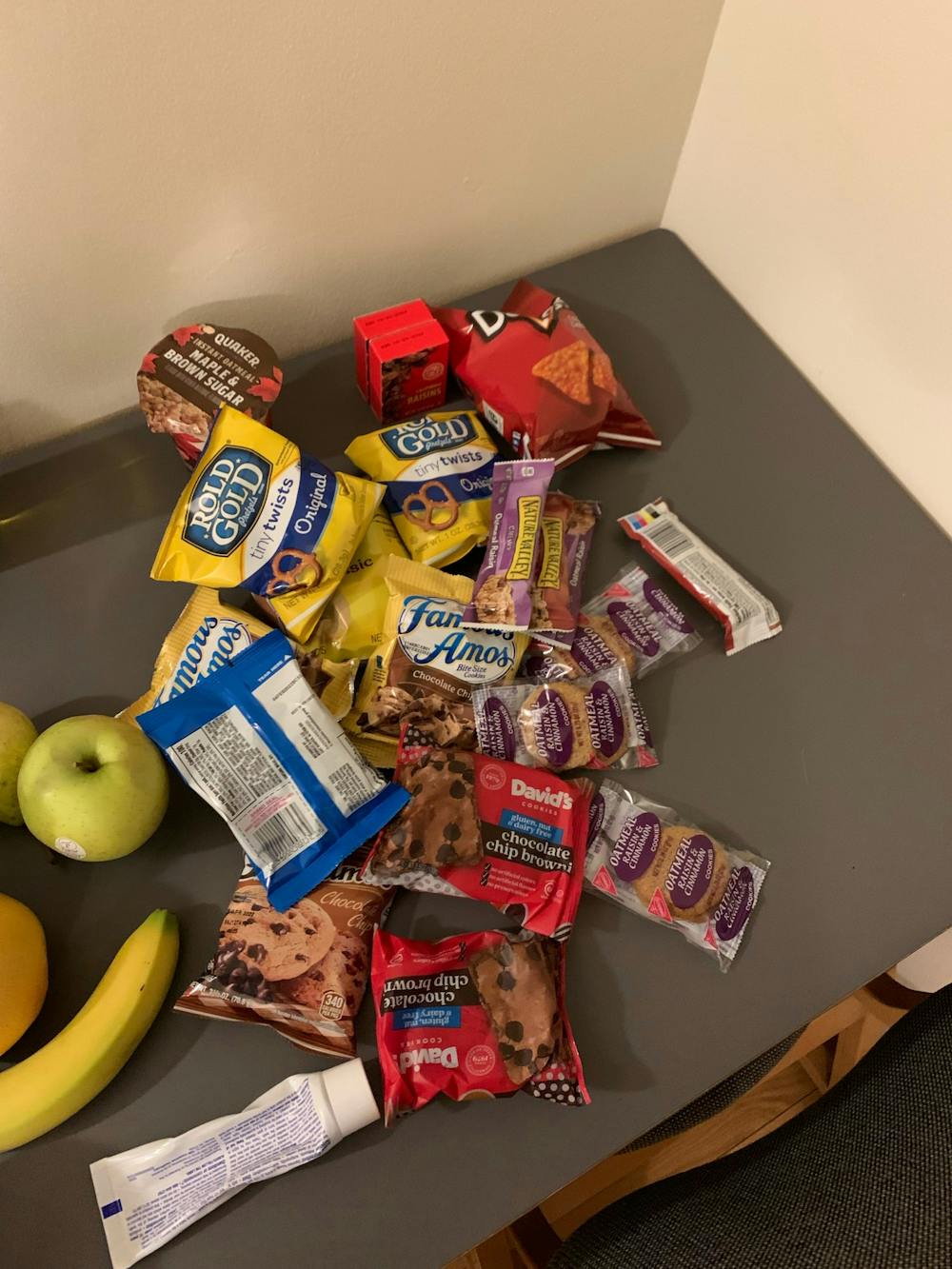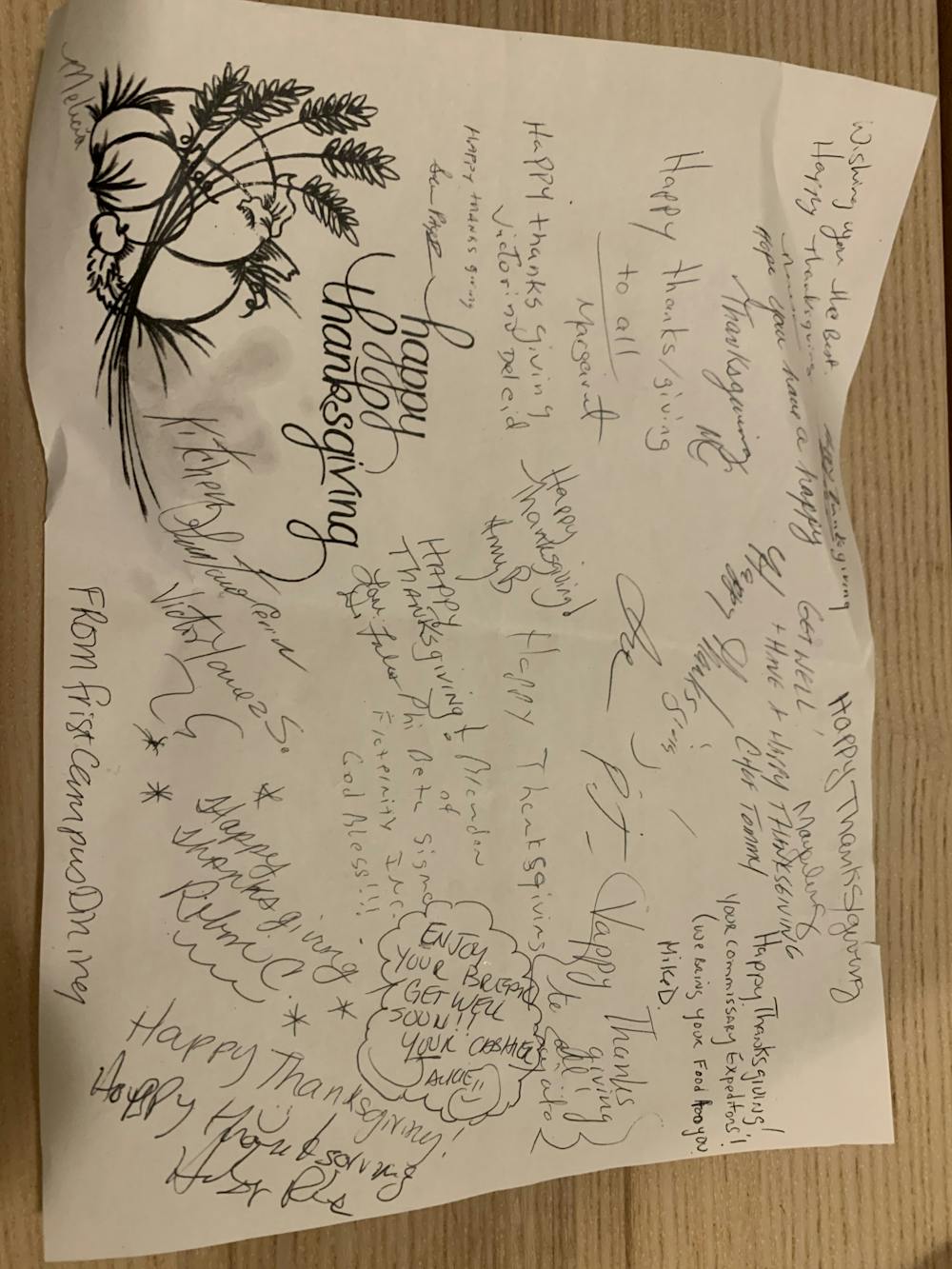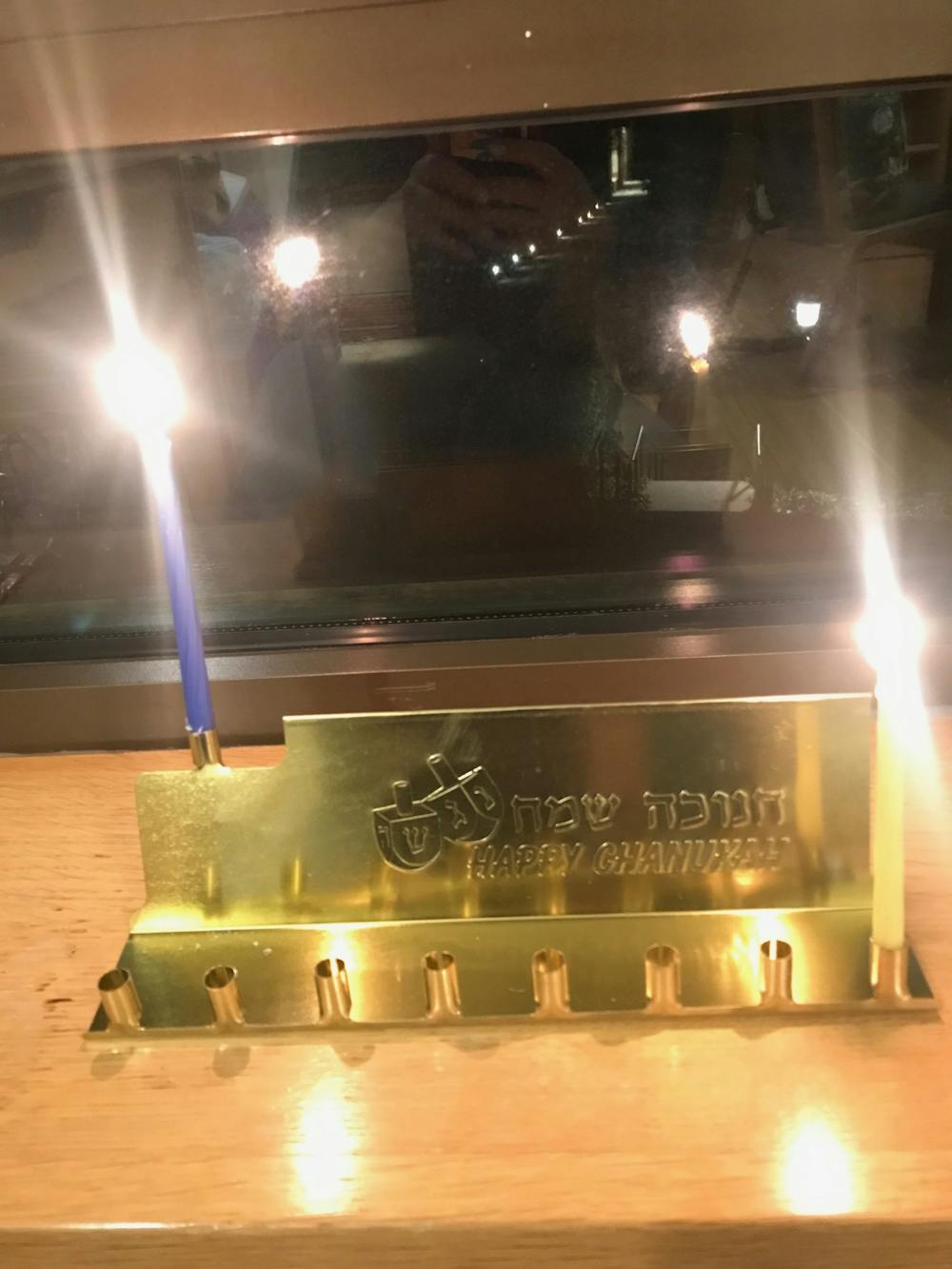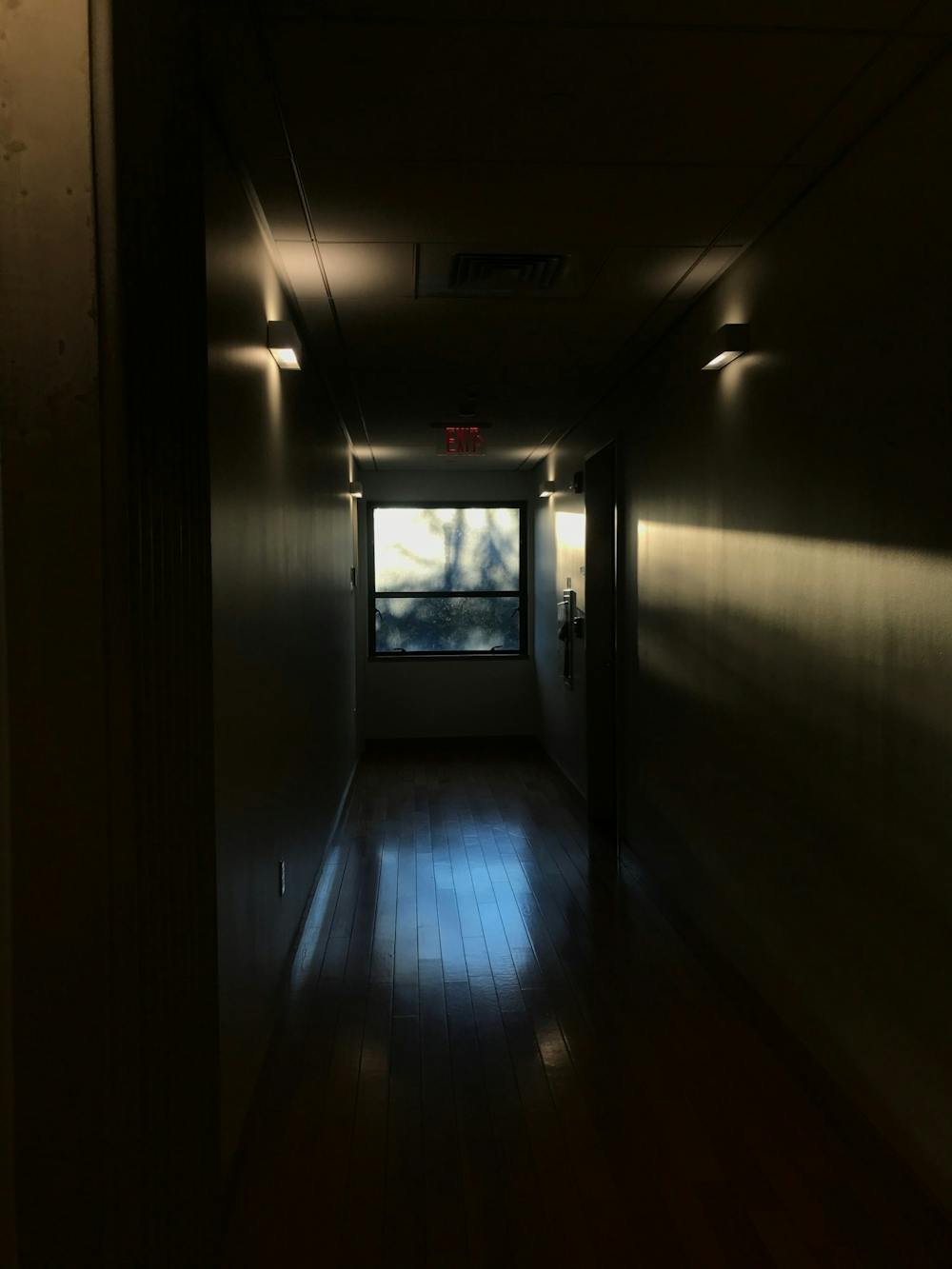For University community members participating in a weekly COVID-19 testing protocol this semester, scrolling through the log of “not detected” results on the testing website is a familiar, even comforting, experience.
On the morning of Tuesday, Nov. 23, mere hours before Zora Arum ’22 was meant to go home to New York City to celebrate Thanksgiving and Hanukkah with her family, she refreshed the testing website to an unexpected sight: “detected.”
No one had contacted her; she panicked.
“Once you find out that you’re positive, you want to know what you can do right away, in the 15 minutes that it takes between when your test was updated and when they contact you,” Arum said.
Eventually, members of the University COVID-19 response team, as well as the Mercer County Health Department, contacted Arum for contact tracing, to check her symptoms, and to explain the next steps of isolation. Given the severity of her symptoms, Arum asked for a Public Safety officer to bring her to isolation. In order to enter the vehicle, Arum was asked to put on a sanitary robe, glasses, a mask, and gloves.
“I put all my stuff in the backseat and he drove me here. I had to carry my things upstairs, which was stressful honestly because I was really sick,” she explained. Finally, Arum moved into her isolation dorm.
Right before Thanksgiving break, the semester’s largest surge in COVID-19 cases on campus sent an unprecedented number of students into isolation for the holiday. Instead of packing up to travel home, these students — often experiencing symptoms of the virus — threw sweatpants, blankets, and medicine into bags before relocating to their University-allocated rooms in 1967 Hall.
After beginning their 10-day isolation period, isolating students would only be permitted to leave their rooms to take out trash and pick up prepackaged meals.

Like Arum, Maria Fleury ’22 tested positive that same Tuesday morning. She described the move-in process to isolation as “horrible.”
“I spent my sweet time on [packing], I took an hour or so because I was so stressed about it,” she said. “There’s a lot happening just in those first few hours.”
In the hours following her test result, Fleury said that she received calls from a doctor, the isolation dorm coordinator, dining services, the contact tracing team, and staff members from the Rockefeller College Office.
“I didn’t have a suitcase with me, unfortunately. So I had to take all of my stuff in my laundry bag, and it started ripping,” she explained.

Passersby on campus stopped to help Fleury collect her things, but she had to decline their help, explaining that she had tested positive for COVID-19.
Isla Weber ’22 was forewarned about the possibility of a positive result; she knew that she had been in contact with other cases through Terrace Club, her eating club. Sure enough, that same Tuesday, a representative from the University’s testing lab called her with her positive result.
Two hours later, she too found herself in an isolation dorm. She was given linens, towels, basic toiletries, and PPE. Her room also had a microwave. Just like Fleury, she received numerous calls right after moving in.
“When I arrived, there were like three different people calling me, making sure I was okay and asking about my symptoms. And then a bunch of people emailing to say, ‘I’m here if you want to call,’” Weber said. She explained that these were members of the isolation team.
She called family members and friends, too, but in the course of her 10 days in isolation, she did not physically see a single person.
“I have heard people talking when I walk in the hall,” Weber said. “And I know of someone else who’s in the building, but I haven’t talked to them.”
When Caoimhe Boyle ’22 tested positive for COVID-19 at University Health Services, her nurse, she said, gave her soup, medication, and snacks to bring with her to the isolation dorm.
Meals are delivered to 1967 Hall twice a day. All of the students expressed gratitude to the dining staff for their hard work, but often struggled with the options they received, especially if they were recovering from symptoms of the virus.
“It’s been a lot of sweets for me. I kind of wish I had more vegetables.” Weber said.
Arum expressed similar sentiments, explaining that while the food is not particularly appetizing, there is definitely no shortage of it.
“They give us a lot of snacks that I don’t really want. I feel bad because I’ve been wasting a lot,” said Arum. “But they definitely are trying to provide enough for us.”

A pile of leftover snacks from Campus Dining meals.
Courtesy of Caoimhe Boyle ‘22
For students with dietary restrictions, meals have been particularly difficult during isolation.
“I’m vegetarian, so sometimes I only get pasta and broccoli for three meals in a row,” Fleury said. “It’s up and down, I’ve had some good meals.”
Despite the food, many students have described their time in isolation as quite comfortable.
“As far as dorms go, I feel like it’s as luxurious as it could be,” Arum said. “I have a private bathroom and shower. There’s four of everything: I have four beds, four dressers, four bookshelves.”
Weber didn’t mind isolation. She enjoys the alone time and was able to relax and recover from her symptoms. Fleury explained that her time in isolation blurred together.
“There’s not a lot of structure and you’re spending a lot of time alone,” she said.
Arum got creative with the space and time that she had. With two bedrooms, she explained that she converted one into a sleeping and reading space, and the other into a “movie theater” with a projector that she brought from home.
On Thanksgiving Day, not much changed for isolated students. They Zoomed or called relatives at home, and dining services provided a special lunch of turkey, mashed potatoes, green beans, and stuffing. The cold dinner was delivered early, to allow the dining staff to go home to their own families.
It certainly wasn’t a festive day, but the students mentioned a surprising and endearing gesture they received with their meals.
“There was a really nice note in there from the Frist [Campus Center] dining workers,” said Boyle. “They had all signed it and it [said] ‘Happy Thanksgiving,’ ‘get better soon,’ stuff like that, which was really nice.”

The Thanksgiving note from Campus Dining workers that the students in isolation received.
Courtesy of Caoimhe Boyle ‘22
Arum expressed the sadness she felt during Thanksgiving.
“I was really excited to go home, I haven’t seen my mom or brother. So, it was very disappointing,” she said. Because Thanksgiving Day was also the worst day of Arum’s symptoms from the virus, these feelings were made all the worse.
Still, Arum was able to connect with her family from afar.
“I watched ‘The Life and Death of Colonel Blimp’, which is one of my uncle’s favorite movies, so it was nice to feel connected to my family even though I wasn’t with them,” she said.
Arum also attempted to speak to her whole family at once on speakerphone.
“It was just sad though, because it was hard to hear everyone,” she said.
Typically on Thanksgiving, Arum is responsible for making the pies in the family. In her absence this year, her mom made a pie instead.
“I could hear everyone enjoying the pie and talking about the whipped cream and what their preferences are,” she said. “I could feel almost being there, but not being there.”
“It was hard to re-experience that distance from family, which I think we all felt for such a long time during [lockdown],” she continued. “You’re so close to being with the people that you love but there’s just this insurmountable thing between the two of you.”
Students interviewed also expressed concern for the impact of the isolation on the emotional wellbeing of students who now had to observe Hanukkah separated from friends and family. According to them, little was done by the University to improve the experience of isolated students celebrating the religious holiday.

A picture of the menorah Zora Arum ’22 lit in her isolation dorm to celebrate Hannukkah.
Courtesy of Zora Arum ’22
Following Thanksgiving Day, students had to turn their attention to their next challenge in isolation: returning to school online.
The return to classes after break caused difficulties for some of the students in isolation. The University does not officially support hybrid classes this semester, leaving it to the discretion of individual professors to provide accommodations for students who cannot be physically present. Boyle explained how this caused disparities in her experiences with different classes.
“I got a Zoom [link for a class] last week, and then I reached out about one this week and just didn’t get a response,” she said.
In another class, Boyle’s professor was “very understanding,” setting up a time for her to meet with a TA and providing a Zoom link to join class. But even with this accommodation, logistics got in the way: the Zoom camera was trained on the board, but was not close or high resolution enough for her to see what the professor was writing.
“Even when my professor was doing everything right, and really trying to help, it was really hard to see or know what was going on,” Boyle said. “In that moment, during a class, I don’t really want to be like, ‘Excuse me, I can’t see, can you carry me to the board?’”
“Unfortunately, I don’t think there was an easy fix,” Boyle continued. “My professor would have done anything she could, and I don’t think the professor is at fault, but there’s just a lack of standardization.”
Weber, on the other hand, had no problems staying caught up with classes in isolation: she had only lectures, which were recorded anyway.
Another unexpected change greeted students in isolation towards the end of the Thanksgiving break: with isolation housing at 98.3 percent as of Dec. 5, the University contacted isolation residents implying that they may receive a roommate due to the rising number of cases.
“I got a call from housing to say that they were preparing for the possibility of having to put students in the same room … and they were letting me know that someone was going to come and clean the room in the morning,” Boyle recalled.
This news caused high levels of stress for some isolated residents.
“It will decrease people’s quality of quarantine significantly, because your space will shrink to a third of the size,” Fleury explained.
Boyle was similarly uncomfortable about having someone cohabitate with her.
“I don’t think there’s really any risk of getting sick from someone,” Boyle said. “But the general idea of having someone [who just got] COVID move in, and then just being in the space with someone that I didn’t know, was kind of unpleasant.”
Boyle was lucky, though. She had another choice. Per University isolation protocol, students living off campus are allowed to isolate in their residences, provided that they have their own rooms. After she received the news, she decided to move to her off-campus residence to finish the remainder of her quarantine.
As the COVID-19 surge continued after Thanksgiving and into the last few weeks of the semester, the University preemptively installed measures to avoid forcing students into isolation over winter break. In a memo on Dec. 14, Dean of the College Jill Dolan and Vice President for Campus Life Rochelle Calhoun moved finals to an online format, to facilitate students leaving campus as soon as they could.
For the students emerging from campus quarantine, this winter break brings a welcome chance to reconnect with family and friends. However, these weeks are not without stress. All eyes now look to the administration as students wait to hear whether this remote learning will continue into the first few weeks of the spring semester.
Rachel Sturley is the co-head Features editor for The Daily Princetonian. She can be reached at rsturley@princeton.edu.
Tanvi Nibhanupudi is an Associate Features editor and Chairperson of the Diversity, Equity, Inclusion and Belonging Board at The Daily Princetonian. She can be reached at tanvin@princeton.edu.








